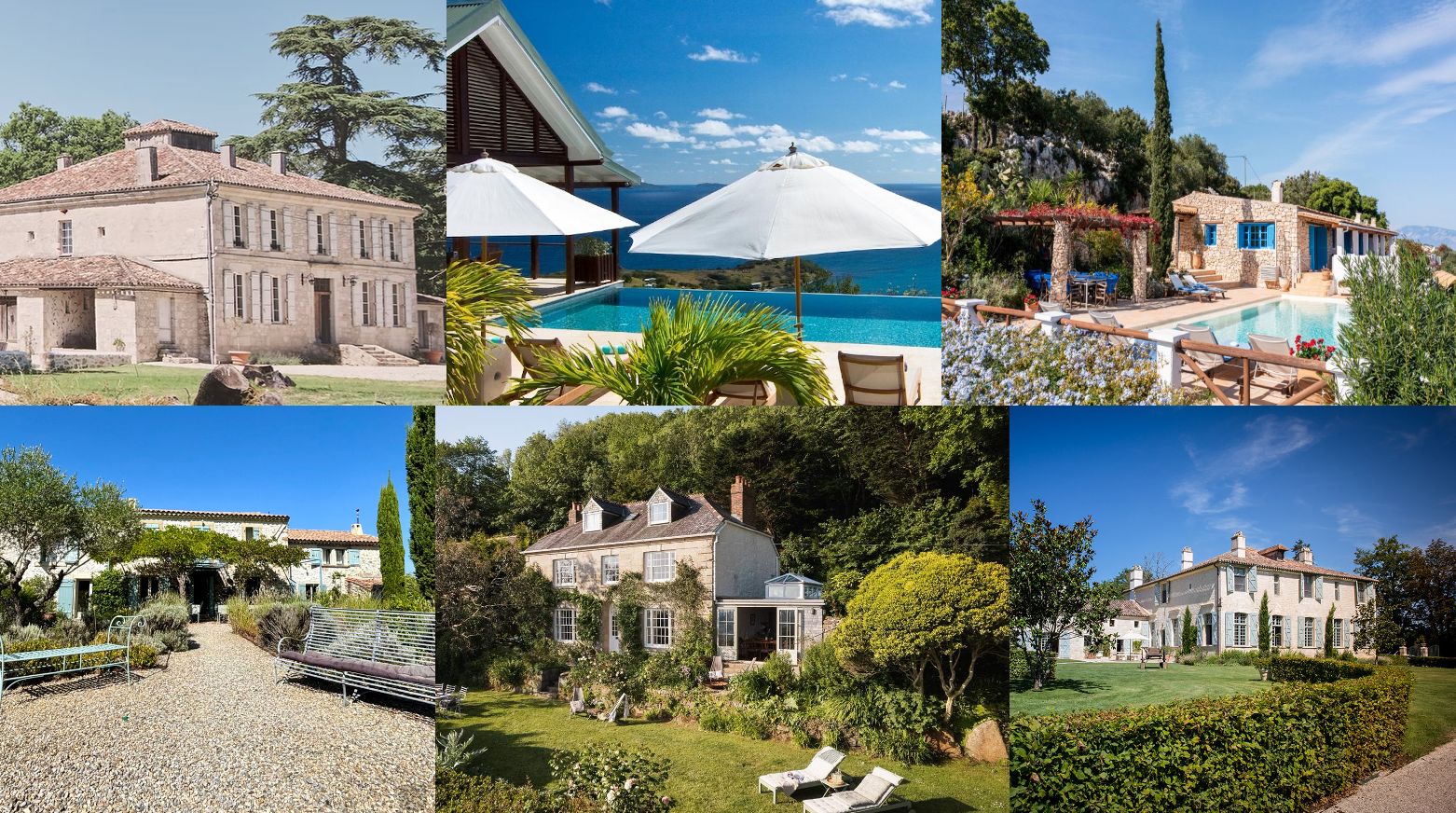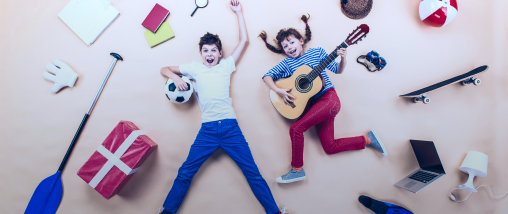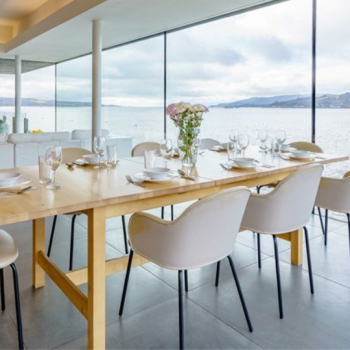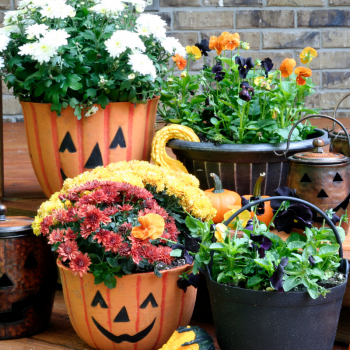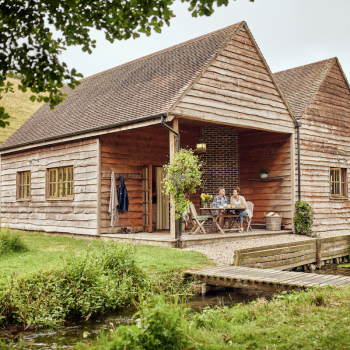Lack of sleep – could it be your lighting?
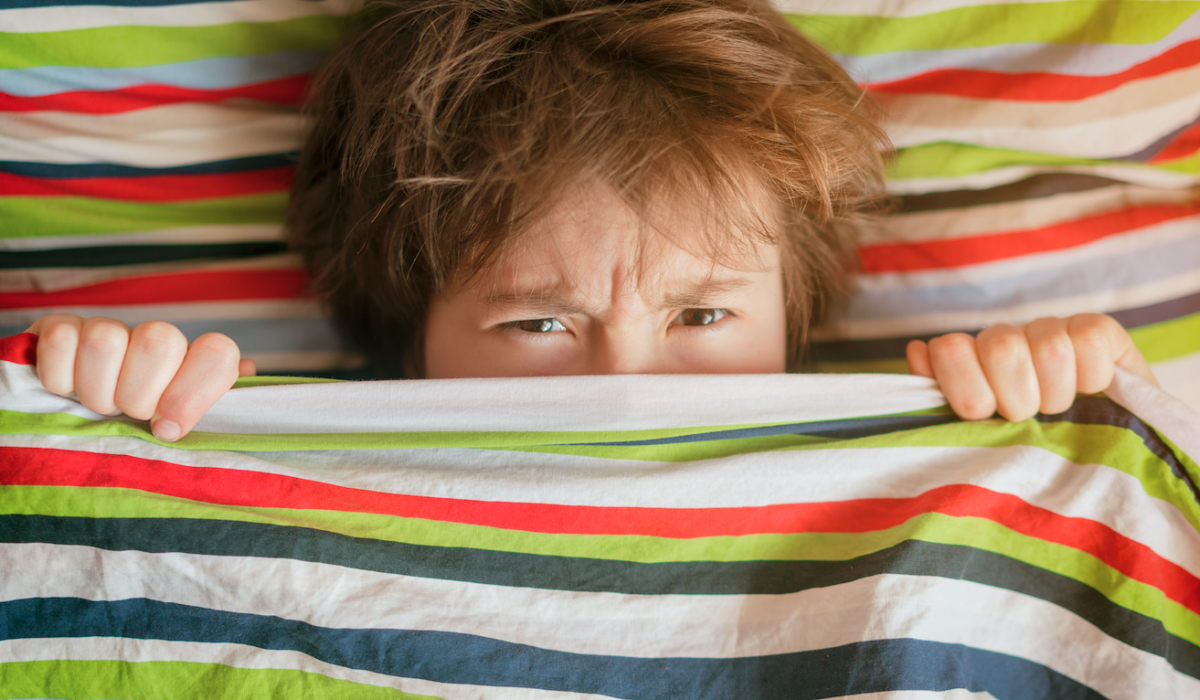
 We all need sleep. Without it we can’t function as human beings. Lockdown has had a detrimental impact on the quality of our sleep with a lack of exercise, reduced time spent outside and increased screen time.
We all need sleep. Without it we can’t function as human beings. Lockdown has had a detrimental impact on the quality of our sleep with a lack of exercise, reduced time spent outside and increased screen time.
However, help is at hand. Did you know that the type of light we are exposed to can impact on our sleep patterns? Lighting design experts Kate & Sam share their tips on how to use light within the home to help us and our kids sleep better.
Sleep affects our memory, immune system, moods, wellbeing, tissue repair and performance. Top athletes know this, so include 9 -10 hours sleep in their routines. For our kids to perform at their best we need to help them get a good night’s sleep too!
 NASA have been leading the research. They explain that astronauts can experience up to 16 sunrises and sunsets per day, severely impacting the body’s ability to adjust to a natural circadian rhythm (24hrs). Space is therefore the perfect place to test and develop light’s influence on sleep and how to harness it. Simply, astronauts use short wave blue lights as a stimulant for alertness, a full spectrum white for general work and a calm golden light before bed (no blue). Also, because light levels affect how our eyes and brains respond, this aspect also needs to change with the different settings.
NASA have been leading the research. They explain that astronauts can experience up to 16 sunrises and sunsets per day, severely impacting the body’s ability to adjust to a natural circadian rhythm (24hrs). Space is therefore the perfect place to test and develop light’s influence on sleep and how to harness it. Simply, astronauts use short wave blue lights as a stimulant for alertness, a full spectrum white for general work and a calm golden light before bed (no blue). Also, because light levels affect how our eyes and brains respond, this aspect also needs to change with the different settings.
…astronauts use short wave blue lights as a stimulant for alertness, a full spectrum white for general work and a calm golden light before bed (no blue)
So how to help our kids have a better night’s sleep:
Bodies thrive on routine. Encouraging the same sleep and wake up times regulates our internal clock to the natural day/night cycle and ensures more quality rest. Aligning our sleep and wake times with the important environmental cues of bright light during the day and true darkness at night, helps children (and us all) to function at their best
 Right type of Light:
Right type of Light:
Cut out all blue light by switching off screens and avoiding high stimulation a minimum of thirty minutes before bed. Ideally change the house settings to a relaxed atmosphere using warm tungsten colour light (2700K – 2200K), allowing melatonin to be released in the brain, ready for sleep (similar to Nasa).
For breakfast, ramp those lights up to full spectrum white, ensuring your walls are well lit, especially if it’s a grey day. To combat dullness, feed the retina with light to help align the circadian rhythm to daytime conditions.
It’s important to remember that the most beneficial light is natural daylight, so make sure they spend lots of time outdoors.
How much sleep should your children be getting?
The Sleep Council recommends 10 – 11 hours sleep for 7 – 12 year olds and 8 – 9 hours for teenagers. Research has shown that poorly considered lit environments can impact on our circadian rhythms, often resulting in sleep deprived children who stay awake later, take longer to fall asleep at night and struggle to wake up in the morning.
Without enough rest, children feel the effects of a mini jet lag with sleep disorders becoming more prevalent in recent years. Side effects include depression, weight gain and lack of concentration.

Top Bedroom Lighting Tips
- Install dimmable circuits for control over light intensity from day to night, so in the mornings lots of bright light to kick start the body clock into recognising a new day.
- Consider adding a full spectrum colour changing LED light to bounce blue light of the ceiling in the mornings (it might just help those mopy teenagers get out of bed)
- Dim those lights down in the evenings to relax. Let the walls go dark and just keep light where you need it. To help suppress the release of the wake-up hormones in our brains, bedside lights should be a warmer colour temperature 2400/2000K, with enough light to read by whilst still allowing for relaxation before sleep
- Research has found that a dark room is the best environment for sleep, so block out all light sources where possible. Rid the room of any glare or glowing clocks and screens where possible. The sooner your child gets used to dark nights, the better.
- Use good quality LED lamps, full spectrum, high colour rendering (90+CRI) 2700K (colour) allowing dimmed warmth and a good full spectrum for the mornings. Implementing good bedtime routines will set them up for better sleep well into their adult years.
- In recent months, bedrooms have been doubling up as work spaces with desks and additional lighting. So make a clear distinction between daytime activities and night time rest.
 Let’s talk about screens
Let’s talk about screens
Electronic devices are considered to be one of the main offenders when looking at sleep deprivation. The Sleep Foundation recommends a digital curfew on all electronics including the TV. And it’s due to the blue light being the wavelength that is most effective in relaying daytime information to our brain’s internal body clock. The sleep council suggest this exposure in the evening suppresses the melatonin production, resulting in later onset of sleep. Apple etc now change the base screen colour to amber in the evenings and it probably helps, but recent research at Manchester university points more to the screens’ brightness level than the colour.
So set the mood, dim the lights and relax ready to fall asleep for some quality REM (rapid eye movement) deep sleep.
In an ideal world, shut down all screens an hour before bedtime sending the right signals to the brain. If that’s proving a challenge, then you can dim the brightness on the screen and introduce a night mode filter.
We hope this helps, if you need any lighting advice or design we’re now available online or for home visits to assist anyone who needs good lighting at home www.homelightingideas.com
Sleep well! ? ? ?
On Kate & Sam: The design duo have over 25 years of experience working on projects including Tate Modern, Harrods, 25 Wahacas, Bonhams, 5 star hotels and high end residentials among many others.
Lead Visual: Michaelis Boyd Architects & Photographer Kilian O’Sullivan
 Please wait while we create your listing....
Please wait while we create your listing....